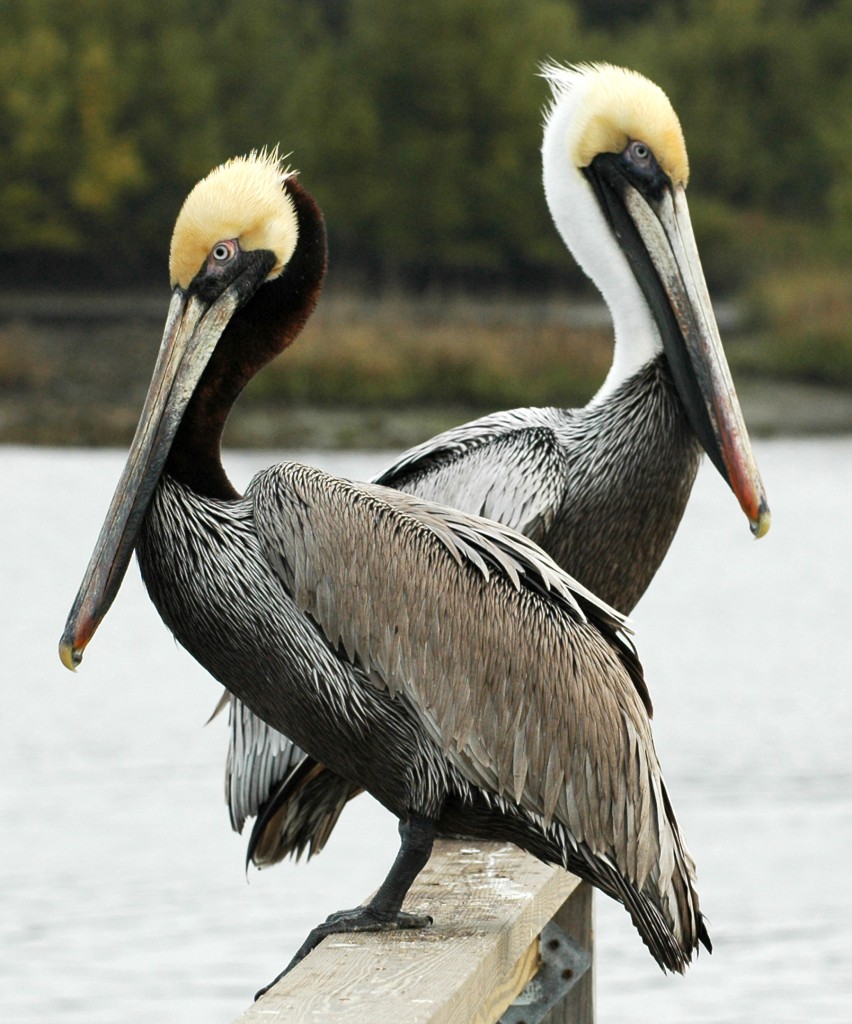The Brown Pelican is emblematic for the National Wildlife Refuge System. That’s because the first refuge in the System was one created to save Brown Pelicans from the feather trade. That first refuge, Pelican Island, on the Florida coast, holds a unique place in American conservation history. On March 14, 1903, President Theodore Roosevelt designated Pelican Island as the nation’s first National Wildlife Refuge to protect Brown Pelicans and other native birds nesting on the island. During his administration, this President, devoted as he was to wildlife conservation, would establish a network of 55 bird reservation and national game preserved for wildlife – the forerunner to the National Wildlife Refuge System. But Pelican Island was the first time that the federal government set aside land simply for the sake of wildlife.

While those bird reservations and preserves were very important, as were others that grew the Refuge System over the next 20+ years, the haphazard way the refuges came about could not keep pace with the loss of habitat and the decline of many species, including birds. By the late 1920s, it was clear that something had to change. Already, “flyways” had been generally identified by Frederick Lincoln and his colleagues, and those broad geographic flyways would serve as the overarching blueprint for waterfowl conservation and a corresponding network of growing refuges.
If Brown Pelicans and Pelican Island represent the start of the Refuge System, the drive to save waterfowl in the 1930s and the invention of the “Duck Stamp” represent the start of real maturity for wetland management and waterfowl conservation. These were essential to building a Refuge System that has grown to become far more sophisticated, yet one that still needs a vibrant Stamp to help secure wetland and grassland habitat for waterfowl and more.